Flies (Diptera)
Picture-winged Flies
OtitidaeThis diverse group consists of around 670 species in at least 90 genera worldwide. Little is known about the biology of these flies, which are commonly named for their decorative wings. Although adults sometimes feed on flower nectar, they are considered minor pollinators. Most larvae feed on decaying vegetable matter or feces, while a few species live in roots and are sometimes pests of onion or sugar beet crops.
Representative Genera and Species:
Chaetopsis
Pollinator Life Cycle:
They have four life stages: egg, larva, pupa, and adult. Males of many species vibrate their patterned wings to attract females. After mating, females use their sharp ovipositors to inject eggs into plant tissue such as onion or sugar beet roots.
Rarity Status:
The status of Canadian species has not yet been assessed, and none are legally protected.
Physical Appearance:
They are small (3-12 mm long) and slender, resembling fruit flies. Colouration is often bright, and sometimes metallic or shiny. They have banded or spotted patterns on their wings, often in black, brown, or yellow. Antennae are varied in shape and size, the third segment often with a sharp tip. Females have a sword-like ovipositor.
Pollinator Habitat:
Adults are often found on flowers or low vegetation in meadows and other grassy, moist areas. Most larvae live in decaying organic material, including plants and animal feces.
Canadian Distribution:
- Alberta
- British Columbia
- Manitoba
- New Brunswick
- Newfoundland/Labrador
- Northwest Territories
- Nova Scotia
- Ontario
- Quebec
- Saskatchewan
- Yukon
Prairie Types:
- Fescue Prairie
- Mixed Grass Prairie
- Tall Grass Prairie






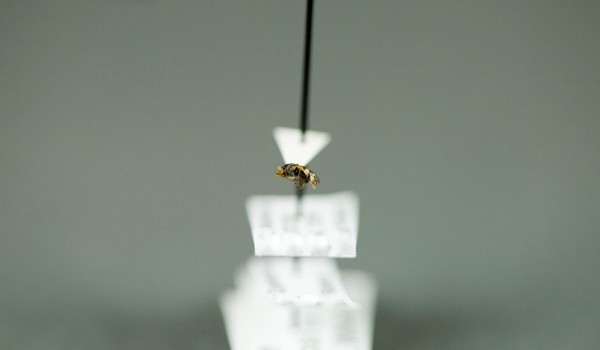
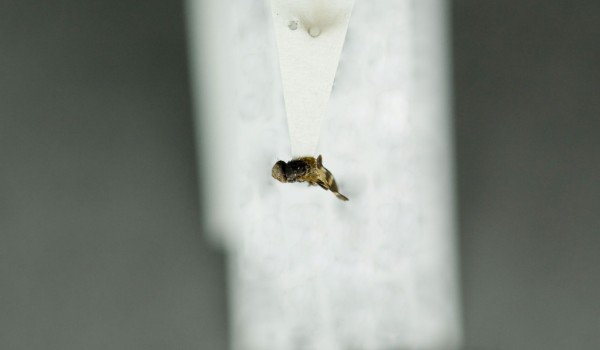
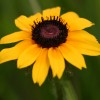 Black-eyed Susan
Black-eyed Susan 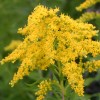 Canada Goldenrod
Canada Goldenrod 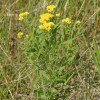 Flat-top Goldenrod
Flat-top Goldenrod 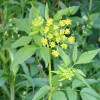 Golden Alexander
Golden Alexander 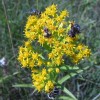 Riddell's Goldenrod
Riddell's Goldenrod 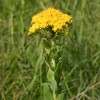 Rigid Goldenrod
Rigid Goldenrod 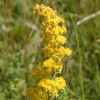 Showy Goldenrod
Showy Goldenrod 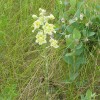 Smooth Camas
Smooth Camas